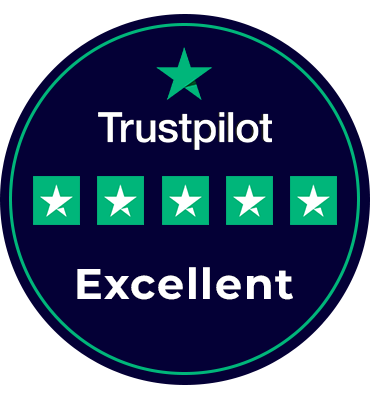Why Modernize Legacy Applications
Manish Kumawat
Last Updated on: 09 July 2025
Just imagine you are competing in a race where your competitors are using luxury cars with advanced engines, and you are having an ox-cart with an old ox. In reality, you are out of the race. This is similar to having an outdated business app. That's why we need to understand why modernize legacy applications.
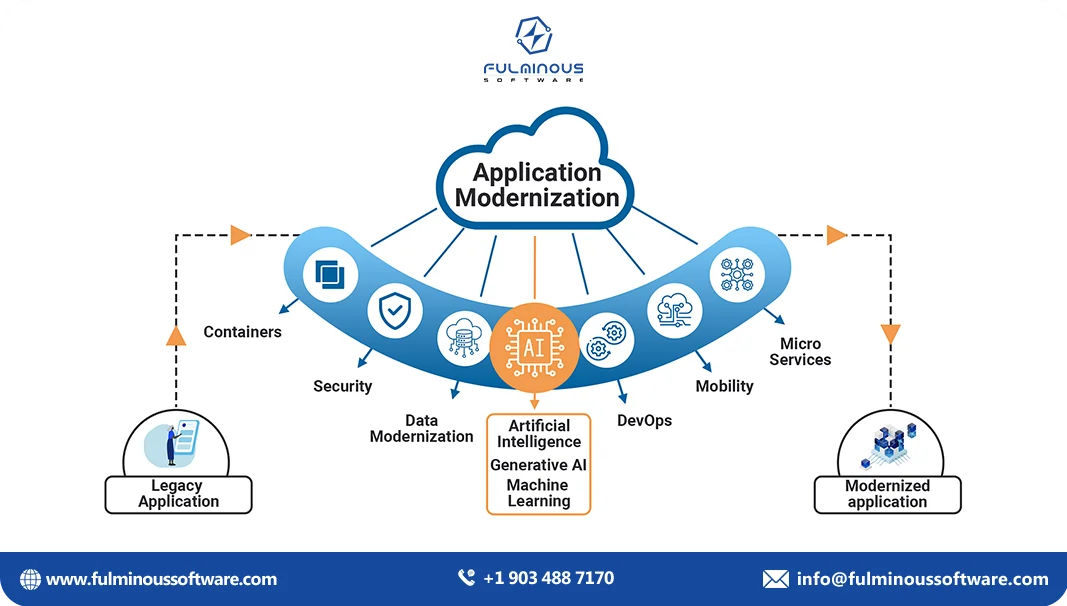
Your legacy applications may have faithfully served customers for years. But in a scenario where even children know the relevance of advanced features and functionality, your app must be up-to-date to make your users happy. In simple words, modernizing your legacy app is a demand of the current scenario, and it is equal to hiring several expert employees.
If you’re still wondering why to modernize legacy applications, this guide shows you the reasons and how application modernization helps business transformation.
Table of Contents
- 1. Keeping the Legacy of Your Applications
- 2. Challenges Businesses Face with an Outdated Legacy Application
- 3. Benefits of Modernizing Legacy Applications
- 4. Common Scenarios Where Modernization Becomes Inevitable
- 5. The Hidden Costs of Staying with Legacy Systems
- 6. Case Study: Netflix Modernizes from Monolith to Cloud & Microservices
- 7. Fulminous Software: The Right Partner to Modernize Your App
- 8. Conclusion
- 9. FAQs
Keeping the Legacy of Your Applications
Just as the name says, ‘legacy applications’, your business application may hold a great legacy in serving your business. But remember, modernization doesn't mean ignoring the legacy. Modernization refers to making your app more effective and powerful, which fulfills the demands of modern users.
Just as discussed earlier, you might have won races with an ox cart till a few years ago. But just look around, your competitors are running fast ahead of you. So, with the assistance of a top legacy app modernization company like Fulminous Software, you can modernize your existing app without losing the essence of its legacy.
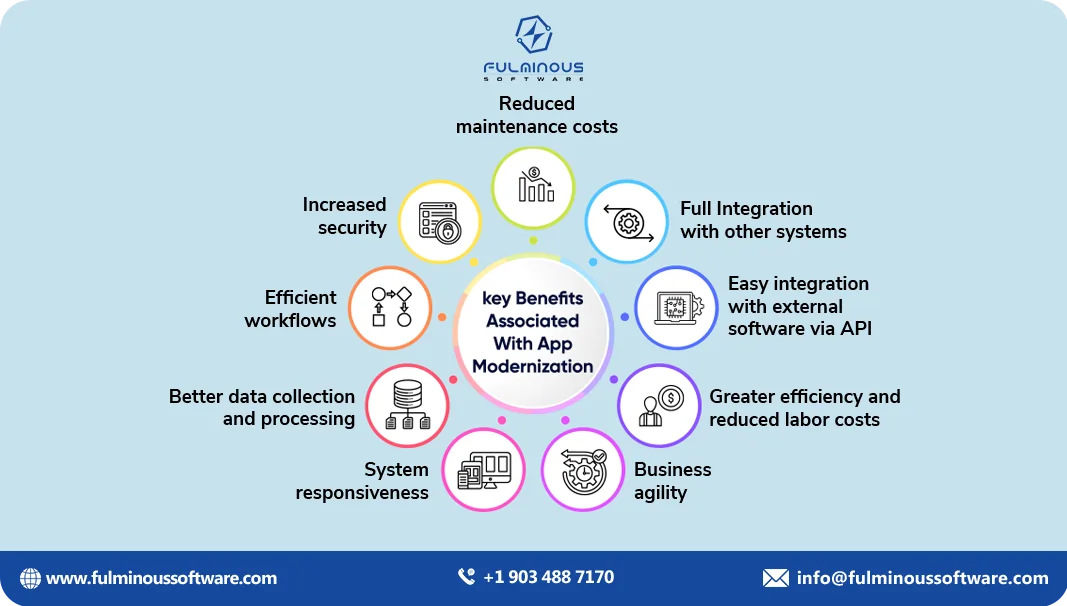
Challenges Businesses Face with an Outdated Legacy Application
The first answer for why modernize legacy applications is just to see the challenges of having an old app. Having an outdated business application or software is equivalent to driving a vehicle without fuel. The challenges are countless when you stick with your legacy app with old technologies, features, and regular downtimes. It may result in:
1. High Maintenance Costs
Get ready to spend more if you stick with an old business app, as outdated apps require constant patching, manual fixes, and niche developer support.
2. Poor Performance & Slow Speed
Your users may feel irritated, and the chance of leaving is high if you have legacy systems that often lag, crash, or fail under modern user loads.
3. Security Vulnerabilities
The chance of security issues will be high if your older software lacks modern encryption, authentication, and compliance capabilities.
4. Lack of Integration
With outdated systems, it's difficult to connect easily with APIs, cloud platforms, CRMs, or analytics tools.
5. No Mobile or Remote Support
Modern users expect apps to be accessible on any device. Legacy apps are rarely mobile-ready or remote-friendly.
6. Minimal Innovation
Adding new features or experimenting with AI/ML, automation, or personalization is nearly impossible on outdated codebases.
7. Increased Downtime
Unreliable infrastructure leads to more downtime, resulting in business interruptions, lost revenue, and damaged reputation.
8. Poor User Experience (UX)
Boring interfaces, outdated design, and inconsistent user journeys turn customers away and lower user retention rates.
9. Difficulty Scaling
Legacy apps can’t handle growing user bases, data volume, or global expansion due to architectural limitations.
10. Shortage of Skilled Talent
Fewer developers specialize in obsolete programming languages or platforms, delaying fixes and modernization efforts.
So now you can think whether it is good to stick with your old business app. If you still need clarification, see the benefits of having a modernized business app in the next section.
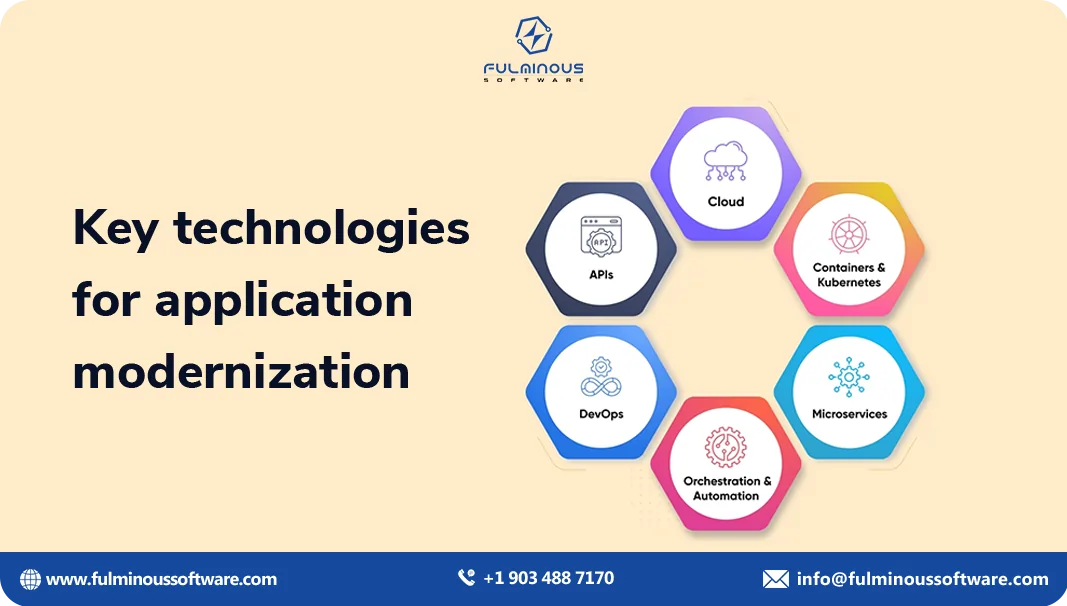
Benefits of Modernizing Legacy Applications?
Another answer for why modernize legacy applications is to see the benefits of modernizing legacy applications. There are top reasons decision-makers are choosing legacy app Modernization, including:
1. Improve Performance & Speed
Modern applications deliver faster processing, better uptime, and a smoother user experience across devices and platforms.
2. Boost Security & Compliance
Modernization ensures adherence to standards like GDPR, HIPAA, and SOC 2 through advanced encryption, access controls, and vulnerability scanning.
3. Enable Cloud Adoption
Shift to cloud-native or hybrid models to benefit from auto-scaling, on-demand access, reduced infrastructure costs, and built-in disaster recovery.
4. Streamline Integration with Modern Tools
Modern systems seamlessly integrate with CRMs, ERP, AI/ML engines, APIs, and third-party tools for real-time data and intelligent workflows.
5. Support Business Agility
Modern architecture empowers faster updates, quicker pivots, and shorter go-to-market cycles, helping businesses stay competitive and responsive.
6. Reduce Operational & Maintenance Costs
Legacy apps consume more resources. Modernization reduces technical debt, simplifies updates, and saves time on manual fixes.
7. Enhance Customer Experience
Deliver a faster, more personalized, mobile-friendly experience with modern UI/UX, resulting in higher customer satisfaction and retention.
8. Leverage AI, Analytics & Automation
Use the latest platforms to implement generative AI, machine learning, predictive analytics, and automated workflows across business units.
9. Improve Scalability
Modern apps scale effortlessly as your user base or data volume grows, without compromising performance or stability.
10. Future-Proof Your Business
Modern apps ensure your digital assets evolve with market trends, tech innovations, and evolving customer expectations.
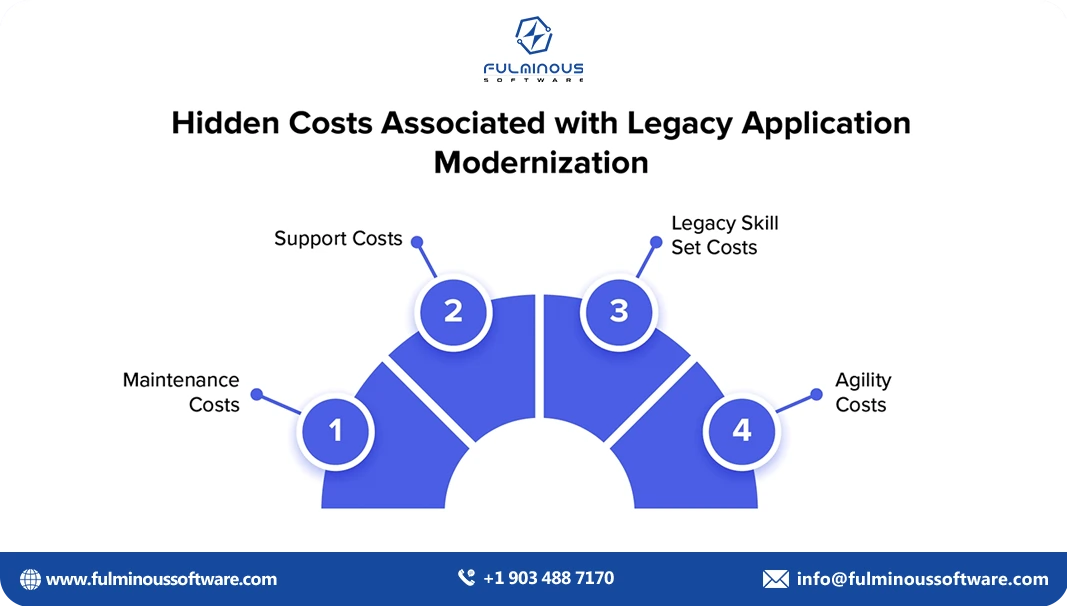
Common Scenarios Where Modernization Becomes Inevitable
Let's have a look at some major scenarios where modernization is a must.
- Your ERP is nearing end-of-life and lacks vendor support
- Security audits fail due to outdated technology
- You want to enable mobile access or remote teams
- You need to integrate with cloud platforms or SaaS tools
- Newer competitors are outperforming you digitally
- Adding new features is slow, risky, or extremely expensive
The advantages of modernizing your app are beyond your expectations. It can support many user scenarios that result in your business's success.
The Hidden Costs of Staying with Legacy Systems
If you’re still undecided about why to modernize legacy applications, consider the hidden costs of inaction:
| Hidden Cost | Impact |
|---|---|
| Downtime | Lost productivity, customer dissatisfaction |
| Data Breaches | Regulatory penalties, brand damage |
| Poor Performance | Lower retention, negative reviews |
| Limited Scalability | Missed market opportunities |
| High Maintenance | Dev team burnout, slow innovation |
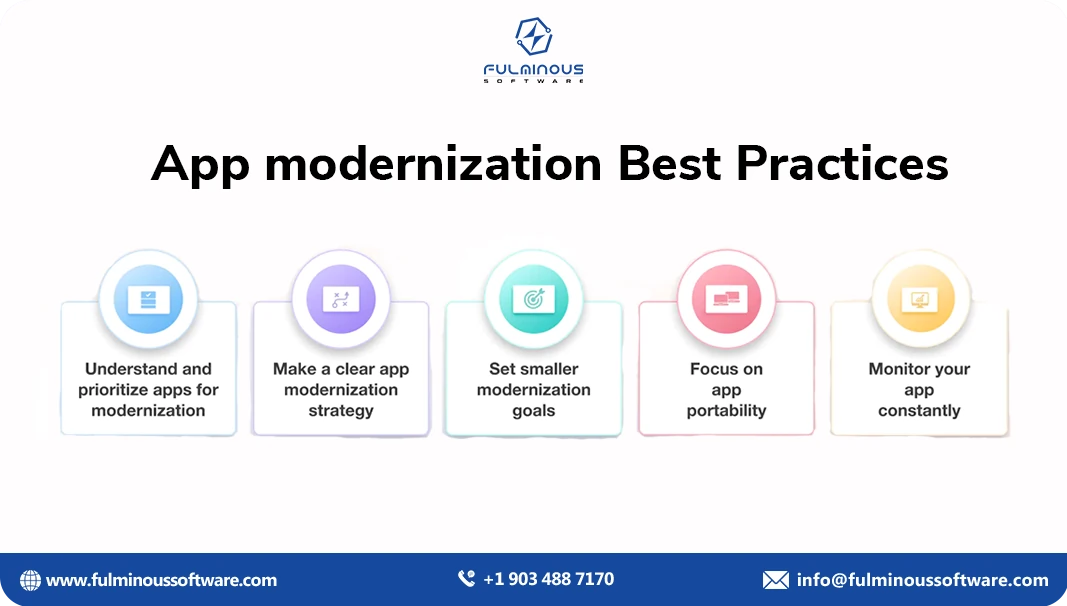
Case Study: Netflix Modernizes from Monolith to Cloud & Microservices

If you still have the question of why modernize legacy applications, see the case of Netflix. You are familiar with the popular Netflix platform with 300 million+ paid memberships globally, as per the latest data. ( source ) See how the transformed business is with the modernization of legacy applications.
1. Background & Challenge
Do you know? In 2008, a critical monolithic database corruption brought down Netflix’s DVD rental service for three days. (source) That incident highlighted the need for a resilient, scalable, and fault-tolerant platform.
2. Modernization Strategy
Netflix launched its modernization in 2009–2012, fueled by goals to improve scalability, eliminate single points of failure, and introduce continuous deployment. Their core strategies included:
- Cloud migration: Moved services to AWS to enable horizontal scaling.
- Monolith breakup: Refactored into hundreds of independent microservices.
- Infrastructure resilience: Adopted chaos engineering and multi-region redundancy.
3. Before vs. After: Key Metrics
| Metric | Before (2008) | After (2012+) |
|---|---|---|
| Architecture | Monolithic, on-premises | Distributed microservices on AWS |
| Outages | DVD shipment halt due to DB crash | 99.99% uptime with self-healing and redundancy |
| Time to deploy | Weeks/months | Thousands of daily deployments across teams |
| API scalability | Limited | ~2 billion API requests/day by 2015 |
| Streaming growth | Millions globally | 139 million+ subscribers in over 190 countries |
4. Major Benefits Achieved
- Reliability: 99.99% uptime with zero feature-wide failures.
- Agility: Independent services allowed rapid deployment and rollback.
- Scalability: Easily handled hundreds of millions of daily API requests and massive streaming hours per day.
- Cost Efficiency: Running on AWS became cheaper and more efficient.
- Innovation: Distributed teams used Netflix OSS (like Eureka, Ribbon, Hystrix).
5. Legacy Application Modernization Approach
Netflix’s transformation followed key patterns:
- Replatform & Refactor: Moving to AWS and initially refactoring large components before full microservices split.
- Re-architect: Complete redesign into microservices, introducing chaos engineering and DevOps practices.
Seeing this amazing transformation of Netflix through legacy app modernization, how can you stay behind?
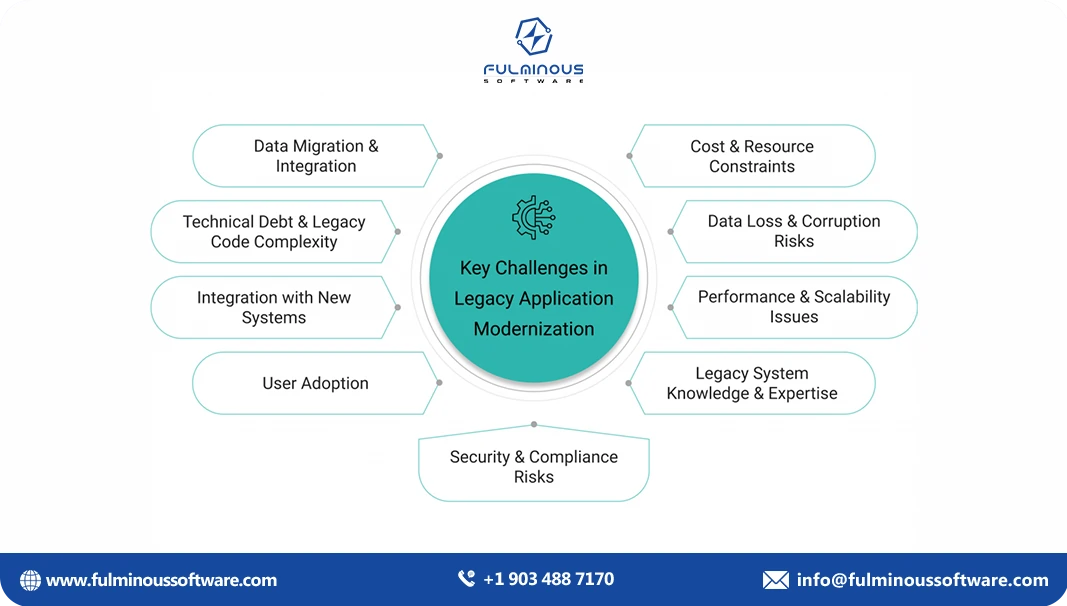
Fulminous Software: The Right Partner to Modernize Your App
As a trusted modernization agency, Fulminous Software helps businesses modernize legacy systems through:
- Fulminous Software performs cloud migration and re-architecture.
- Fulminous Software transforms monolithic architectures into independent microservices.
- Our legacy app modernization company redesigns user interfaces for modern UX.
- Fulminous Software integrates APIs and AI services.
- Fulminous Software modernizes ERP systems to streamline workflows.
- Our legacy app modernization company provides end-to-end DevOps support.
- Fulminous Software delivers post-modernization maintenance.
- Fulminous Software successfully modernized apps across multiple sectors.
- Our team includes certified cloud architects and developers.
- Our legacy app modernization company employs zero‑downtime migration strategies.
- Fulminous Software offers flexible, cost‑effective engagement models.
- Fulminous Software adopts multiple modernization approaches.
We are all set to help you with clear concerns on why modernize legacy applications to modernize your app with trending technologies. See more about our legacy app modernization services.
Conclusion
Now you have got the answer “Why Modernize Legacy Applications”. Modernizing your legacy app is to compete with your current competitors and get ready upcoming business harvest. If you want to transform businesses like we have seen in the case of Netflix, then it's the right time. Contact us now and get the best legacy app modernization services. Share this article.
FAQs
Q1. What are the key benefits of modernizing legacy applications?
Modernizing legacy applications boosts performance, enhances security/compliance, enables cloud adoption, reduces maintenance costs, and improves user experience and agility.
Q2. How do you modernize legacy applications without disrupting operations?
We follow a phased approach: discovery, strategy selection (rehost, refactor, rearchitect, etc.), incremental deployments, and robust rollback plans—to modernize your legacy applications smoothly.
Q3. How to modernize legacy ERP applications specifically?
Modernizing legacy ERP applications involves SaaS migration (e.g., SAP S/4HANA), API integrations, RPA-driven automation, mobile enablement, and cloud-based reporting for real-time insights.
Q4. Which legacy application modernization approaches should I consider?
Common approaches include Rehost (lift‑and‑shift), Replatform, Refactor, Rearchitect, Rebuild, Replace, and Retire—each selected based on your budget, timeline, and technical requirements.
Q5. How much does it cost to modernize my legacy applications?
Costs vary by strategy and complexity: simple rehosting may start around $20K, while full re-architecting or rebuilding can range from $100K to $500K+.
Q6. How long does it take to modernize legacy applications?
Timeline depends on scope: small-scale refactoring can take 2–3 months, while full-scale rearchitecting or ERP modernization may span 6–12+ months.
HIRE A TOP SOFTWARE DEVELOPMENT COMPANY

 Verified
Expert in Software & Web App Engineering
Verified
Expert in Software & Web App Engineering
I am Manish Kumawat, co-founder of Fulminous Software, a top leading customized software design and development company with a global presence in the USA, Australia, UK, and Europe. Over the last 10+ years, I am designing and developing web applications, e-commerce online stores, and software solutions custom tailored according to business industries needs. Being an experienced entrepreneur and research professional my main vision is to enlighten business owners, and worldwide audiences to provide in-depth IT sector knowledge with latest IT trends to grow businesses online.
Partner with Top-Notch Web Application Development Company!
Discuss your Custom Application Requirements on info@fulminoussoftware.com or call us on +1-903 488 7170.
15 Days Risk-Free Trial

